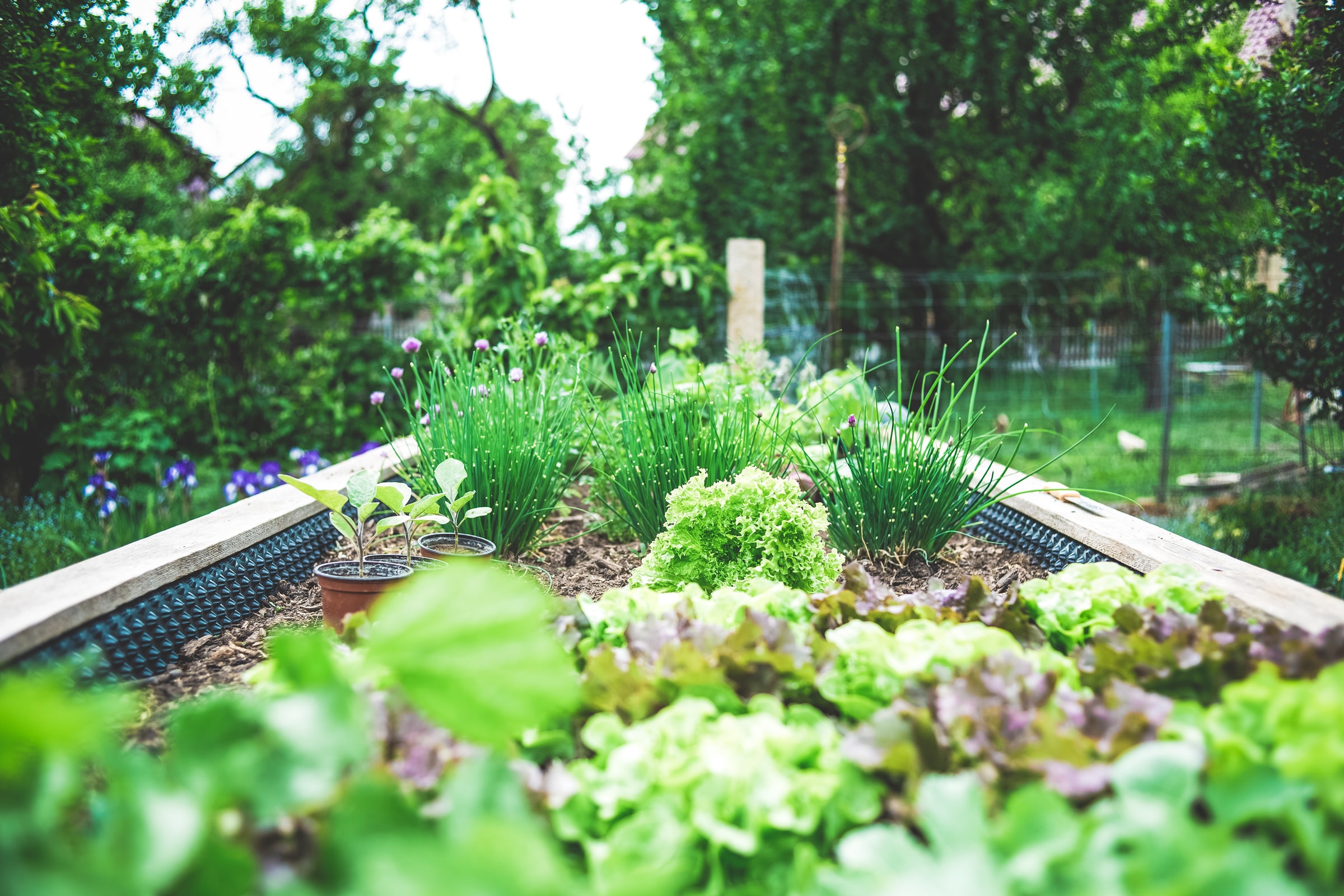With an ability to grow in our garden for up to 10 years, Asparagus (Asparagus Officinalis) is a very popular vegetable and durable plant full of vitamin K! For this reason, it is very important to prepare the soil properly before planting them and to know their care. It is considered a food that helps to lose weight since it satisfies a small amount, it helps in digestion to eliminate retained liquids. It also has what is known as ” negative calories,” calories that are spent more indigestion, assimilation of nutrients, and elimination of waste, than the number of calories provided by each asparagus.
Also, its high amount of vitamins and certain minerals give it antioxidant properties that attack free radicals that oxidize cells and age them, thus maintaining good health. And thanks to the folates (folic acid or vitamin B9) they contain, they are very suitable for pregnant women.
When to Plant?
There are two ways to plant asparagus: through purchased seeds and germinate them in a seedbed or with asparagus claws. The first method is not highly recommended since you will have to wait two more years to start harvesting. On the other hand, “claws,” as their rhizomes are called (an underground stem that grows horizontally below the ground), are the most suitable for planting in late winter and early spring.
Tips and Steps on How to Plant
- Dig a trench 30 cm wide and plant the row of asparagus. Do it in a sunny spot on the ground, although this plant also accepts semi-shade conditions if you don’t have it.
- To ensure adequate soil, prepare a mixture of compost, manure, or worm castings. This base will provide the asparagus with the nutrients it needs since they are very demanding.
- Cover the first 10 centimeters of the trench with compost and plant the claws in it. The roots must be as spread out as possible and with the crown pointing up, or the asparagus will not grow properly.
- Separate the claws about 50 cm between.
- Then cover the remaining 20 cm in the trench with soil. This soil must be rich in organic matter and must have good drainage, and be quite loose. If your soil is very clayey, you will need to add more compost to the mix.
- Water abundantly and do it again once a week until the asparagus begins to grow. By mid to late spring, you should start to see buds.
Care
Once you have planted your asparagus, we recommend that you take into account the basic care to be successful in its cultivation:
Regarding the soil and irrigation of the asparagus, they need very well-drained soils rich in nutrients. It is also a plant that supports the lack of water very well, but on the contrary, it does not tolerate excess humidity. Therefore, if you live in a rainy or humid area, you will hardly need to water them once they have sprouted, except in scorching summers.
In temperate and sunny climates, one watering every ten or fifteen days will usually suffice. To prevent it from accumulating too much moisture, avoid wetting the plant but moistening the soil around it. It should be noted that poor drainage or overwatering will cause fungus or root rot and spoil all your crop work. Regarding the ideal temperature, it is between 18 and 25 ºC, but due to its high resistance, it could even withstand frosts, although it is always better to protect them well if we live in areas where there may be frosts.
When to Harvest?
During the first year, it is advisable to let the asparagus die at the end of the season, without harvesting it, even though some farmers use alternative methods to harvest from the first year. Harvesting asparagus will occur when measured from 10 to 15 cm and during the warm months (about 5 or 6 weeks in late spring). It consists of leaving two stems uncut to allow the plant to carry out good photosynthesis. In this sense, it is advisable to let the plant rest for a month so that the roots recover from the effort.

